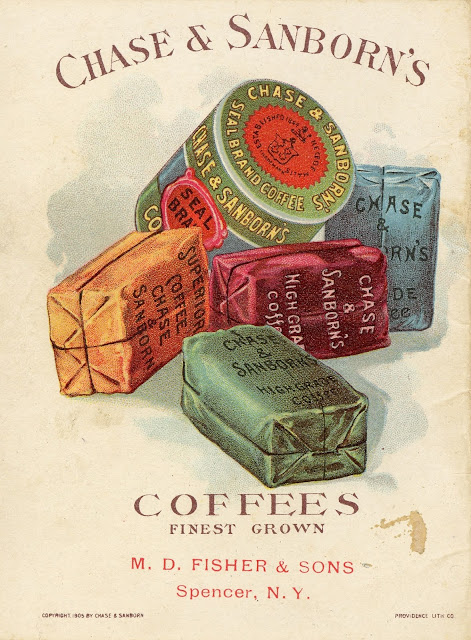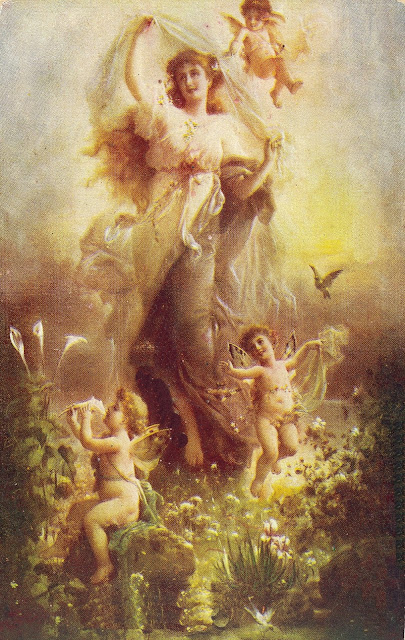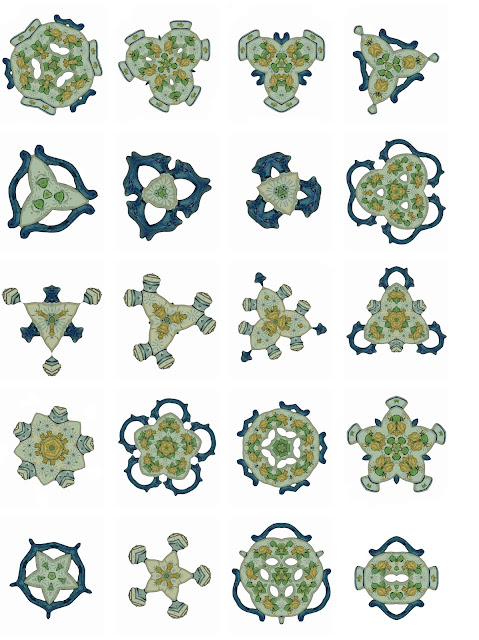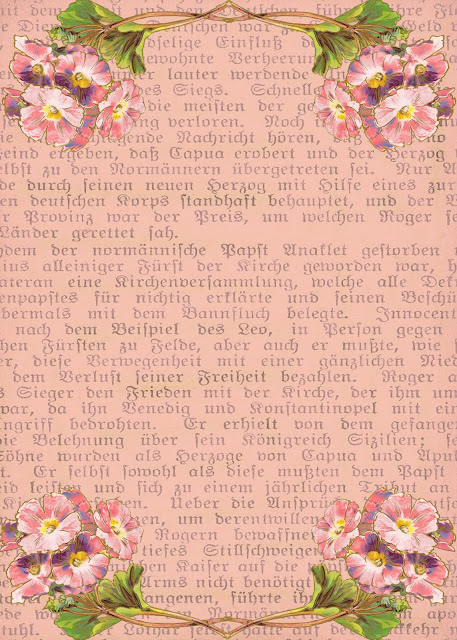ATC ACEO ART CARD TUTORIAL and History

ATC ACEO ART CARD TUTORIAL
This tutorial is only my personal opinion of how I make my art cards. You may follow exact if you like or take it to a different level that you are comfortable with.
My supplies are based on what I have on hand and are often recycled materials and though I do endorse a couple of products that I love working with, again it is only my personal choice and I encourage you to decide what works best for you.
Embellishments and finishing are again a personal choice and each person will choose items and ideas based on what is available to them and what they like to work with.
This tutorial is copyright 2008 Kim Newberg and may not be published elsewhere in part or whole without my written permission and consent.
History of Art Cards ATC ACEO Artist Trading Cards
History of ACEO ATC and Art Cards
ATC=Artist Trading Card
Artist Trading Cards were originally art cards that were traded world wide only among artists. Little works of art in a standardized size of 2.5" x 3.5" that you could not purchase, trade only.
Like sports cards and other trading cards, there came a point that people wanted to collect and purchase cards especially those that were not artists themselves or those that could not find suitable trading partners.
Many started selling their art cards on eBay and other selling sites using the acronym ATC.
Many members of the group were outraged and even today, some still feel that the acronym ATC should not be used in the title or description when selling your ATC art creations.
ATC is an acronym of the words artist trading cards and like with all other trading cards in my honest opinion, anyone should have the right to buy, sell, or trade their art cards as they choose.
ACEO=Art Card Editions and Originals
ACEO is a group originally created on eBay for buyers, sellers and collectors of art cards. They do follow the guidelines of the trading card size of 2.5 x 3.5" however I believe they accept all designs and sizes of art in their group. As of today their group has expanded to a huge membership with additional spin off groups all related to art card creations.
Art Cards
Since the trend of the ATC many different groups have been created to host a variety of sizes of art cards. There are post card art , 2" x 2", 4" x 4", inchies, miniature, slide art etc, it is endless.
If you do a search on ebay , etsy, google, yahoo, flickr, and ning you will find many art card groups that offer both public and private membership from elite, specialized, theme based etc.
My personal experience:
I started to create art cards for trading back in 2003. I made some fabulous trades with incredible artists world wide and then I made some "not so fabulous" trades as well.
I often found that many artists were unreachable for trade as so many wanted to trade with them, it was almost impossible to get some trades. Then I found that some of the quality of items I had traded for were not necessarily the standard I had set for myself.
In my frustration to collect these wonderful delights, I found sellers and buyers and groups on eBay.
This allowed me to sell my art cards and purchase the ones that I wanted, and paying the price I was willing to pay.
My art card collection from other artists is well over 400 items since my last count.
When I first started making art cards, I didn't keep track of them at all. I even deleted the images after I sold or traded my pieces. So some of my original art is out there with only my name and date on the back.
Finally in 2005 I started to serial number my art, and keep better track of both where it went and what I made.
When I look back on some of my earlier pieces I can definitely see changes in style, humour and medium. I can even relate to things going on in my personal life that were reflected in my art.
I have sold my ATC/ACEO art cards for as little as $1.99 (darn ebay) and as high as $29.50 (whooo hoo eBay) however I have seen art cards sell for as much as 400.00 for one card and maybe even more.
Basic Supplies Needed
- Cereal/chipboard/matte board pre-cut to 3.5 x 2.5
- Paper glue sticks, my favorite is UHU glue
- Assorted background and base papers.
- Images and paper bits for creating your card.
- Ink pads, or water base stain, or instant coffee granules,or paints,brushes,sponges etc.
- Embellishments IE buttons, fibres, ribbon, coins, parts and pieces trinkets and trash
- Glue for gluing your embellishments.
- A guillotine style cutter works great for cutting chipboard but a good sharp pair of scissors will do as well.
Tutorial Part One
Then depending on the thickness of the card board, I will often glue 2 or 3 pieces together to create a thicker card. My card test is to hold the cardboard between my index finger and thumb to see if I can bend the card. I like that the card is sturdy and doesn't bend easy.
Then I cover the cardboard with what I call a base paper. This may or may not be the background to my card, often it is only the paper I use to hold or encase the cardboard base. I use recycled paper, usually book or magazine pages that would end up in a landfill.
Often I make bases in quantities knowing that I will probably completely cover them anyway.
In this case I used a page from a vintage German book because I knew I was going to let a little bit show.
I use an old magazine or catalog to do my gluing. staining, or painting. As the page gets messed up and sticky I just tear it off and have a fresh surface to work on.
First glue the paper down to the cardboard, then flip over and glue the long edges of the paper to the cardboard.
This is the backside of the card and I like to finish the back. So I used a small piece of design paper left over from another project. This could be any kind of paper you desire. I like to sign, date and title my cards on the back so usually I use a light colored background.
As you can see, I use many types of papers to create the card bases and then sometimes I will add little scraps on the front and these are ready to create with.
Part 2 Card Design/Theme
This card creation is based on the theme: One and the Title of my card is: Choose one! Choose wisely.
This card creation is based on the theme: One
and the Title of my card is: Choose one! Choose wisely.
I picked the image of this gentleman with 2 women. Then I chose a background paper I wanted to use that complimented the image.
Then I cut out my image and inked the edges by lightly running the paper along the ink sponge. This helps to eliminate those white edges from showing, and gives the image a little more depth on the base.
I then tore the image in half to represent his choice, added the background papers and glued to the card base. How cool that I had this broken jewelery piece shaped like a heart in my stash of supplies. It looks like he chose the wrong "one" (girl) to me.
Then I ink stained the edges of the card front and backside with a brown ink stain, followed by the black ink stain.
Again this gives more depth and ages the card.
Ink staining or distressing can be done using ink pads, mixing instant coffee granules with a little bit of water, or by dry brush painting.
Haha here is a pic of my very messy table top. As you can see I really am only working in about 1 square foot. This table is approx 4' x 6' so that's pretty bad.
Maybe next week I will spend the day cleaning my studio and show you the pics.
But don't count on it or hold your breath. LOL
Then I punched 4 holes into the card at the bottom and top. The bottom is for hanging my broken heart pieces. The top is for a chain hanger I will be adding to the card.
I have a wonderful tool called a Cropadial that hole punches and does a variety of eyelets and rivets but ummm I honestly can't find it. So I was forced to go back to an old leather punch tool but it works and worked for many years before the Cropadial.
I probably should have hole punched before I glued the lace on by I am "winging it" making this card so that is why I am doing it now.
After hole punching, I added the jump rings to hang the bits of chain both for the hanger and dangles. Another piece of wire was coiled to make a finishing top for the hanger.
I still thought it was a little bare so I added the pink trim over the lace. Then I found these pretty floral metal hearts to further embellish the card. These were glued on with goop glue. I use Goop or E6000 for gluing metal, glass, plastic etc. This glue takes a couple hours to fully dry tho the item can be moved around after about 20 minutes and the glued items won't fall off.
If I have inspired you in anyway, and if you have created any art because of this tutorial, I would love to hear from you!



























No comments:
Post a Comment